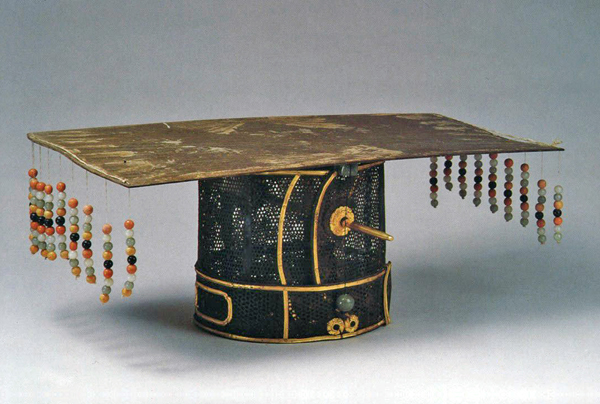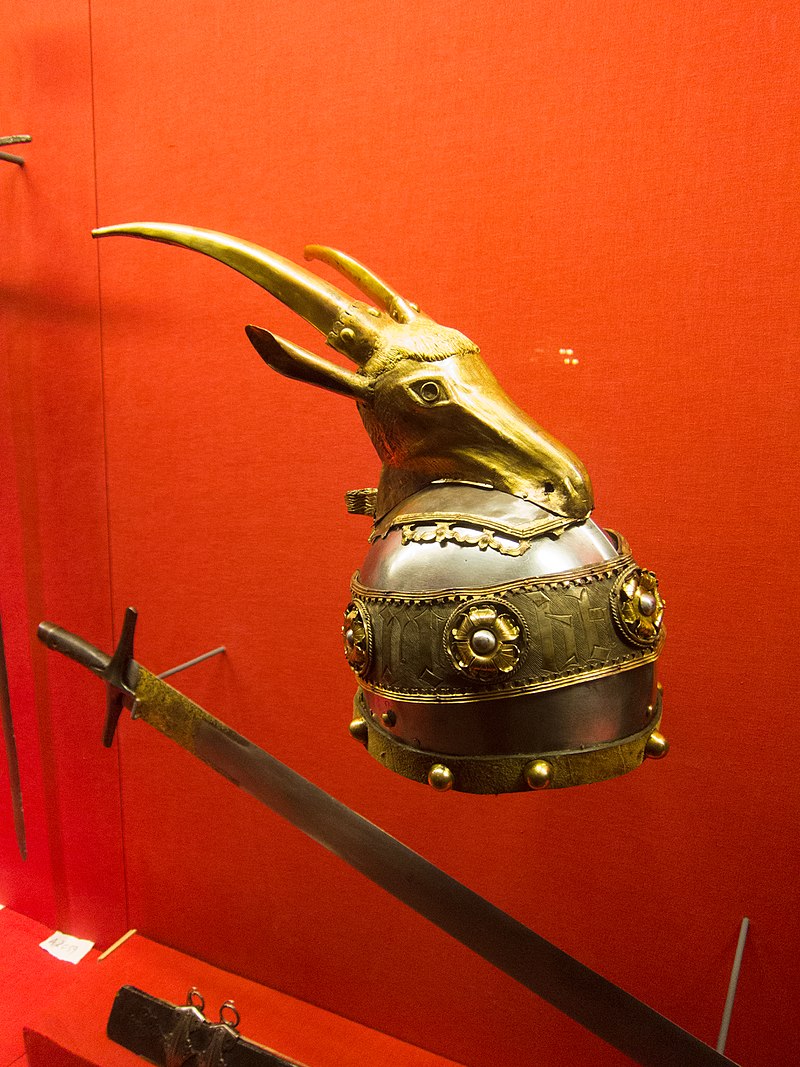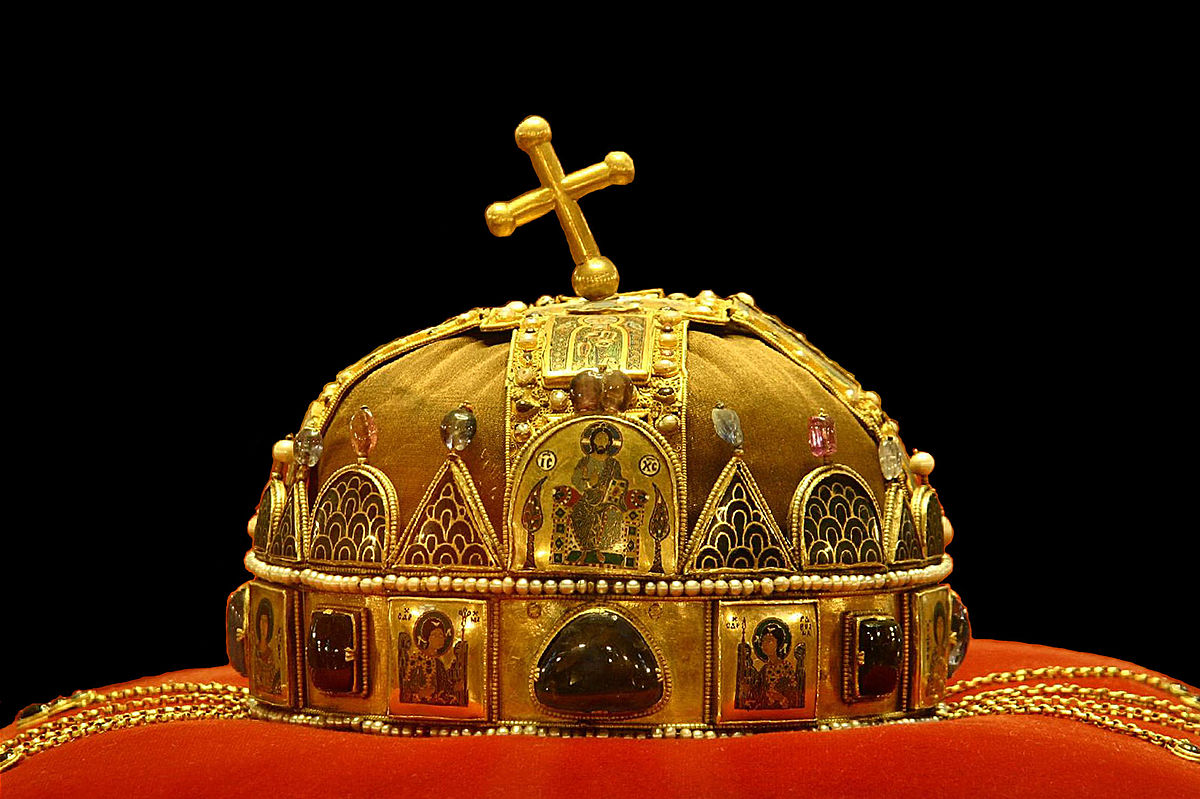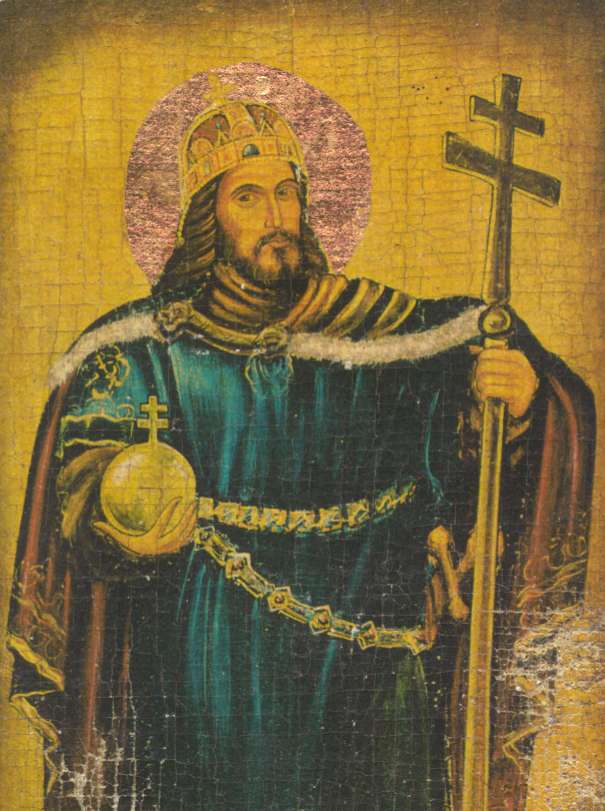Though the British monarchy has their crowns, leaders from other cultures have also donned their own headpieces of power and prestige since time immemorial.
When people think of royal headpieces, the first thing that often comes to mind are the crowns of the British monarchy. However, other countries and cultures have had their own “crowns” for centuries—they just took on slightly different forms.
Items like circlets, diadems, and laurel wreaths have been worn by the leaders of different groups since prehistoric times. According to the Encyclopedia Britannica, chiefs of barbarian tribes even distinguished themselves through distinct helmets.
READ ALSO: Royal Garb: What King Charles III Will Be Wearing During His Coronation
Though cultures around the world have their own versions of a crown, the meaning behind the object hasn’t changed much: it remains to be a tangible yet symbolic mark of a ruler.
Below, we explore some of historical headpieces from different countries around the world, as well as the interesting histories attached to them:
Korea: The Crowns of Silla
The Silla Kingdom ruled all of Korea from 668 to 935 CE. It’s best known for producing some of the finest pieces of art and jewelry in the country’s history. So it’s no surprise that ancient Koreans once referred to the kingdonm’s resource-rich capital as Geumseong (now Gyeongju), which roughly translates to “City of Gold.”

The Silla period produced the five exquisite crowns, which are among Korea’s greatest treasures. Metalsmiths shaped the gold headpieces like majestic antlers or trees—motifs linked with royalty—and embellished them with crescent jade pendants. Experts say that the headpieces were mostly worn during special ceremonies and used for burial rites, given their fragile construction.

The Gyeongju National Museum currently displays some of the crowns for public viewing and cultural preservation.

China: Mianguan
Chinese emperors wore a headpiece called a mianguan, particularly during important ceremonial occasions. Craftsmen designed the hat to have a slight tilt, so the emperor would look like he was bowing respectifuly to his subjects. Emperors wore these headpieces by attaching them using hairpins.

A distinctive feature of the headpiece was its chains of jade beads, whose numbers depended on the significance of an occasion or the ranking of its wearer. A mianguan usually consisted of nine to twelve beaded silk threads in total, with two small beads placed above the ears as a reminder to listen with good judgment.

Albania: The Helmet of Skanderbeg
Albania’s official crown—called The Helmet of Skanderbeg—dates back to the 15th century. The piece is one of the few remaining items that once belonged to George Kastrioti Skanderbeg, an Albanian national hero who led a rebellion against the Ottoman empire after leaving its service.

The legendary figure only left the helmet, two swords, and a prayer book upon his passing. The Albanian people adopted the headpiece into a national crown when Albania became a kingdom in 1928. The imposing piece certainly looks like it once belonged to a warrior, with a golden horned goat at the top and a sturdy, enclosed structure.
The actual helmet and Skanderbeg’s other arms ended up in Vienna’s Kunsthistorisches Museum, while a realistic replica remains in Albania. This is because Skanderbeg’s wife supposedly fled to Italy after his death, taking his arms with her.
Hungary: Saint Stephen’s Crown
Hungarian kings have been wearing the Holy Crown of Hungary, known as the “Saint Stephen’s Crown,” since the 12th century. Subjects would never accept a sovereign if he didn’t don the headpiece, as it strongly represented the nation.

The gold crown possesses jewels, religious motifs, and small pendants hanging on its sides. The first king of Hungary, Saint Stephen I, received it from Pope Sylvester II as a gift, according to the legends surrounding it.

However, research suggests that metal smiths assembled the crown from two different parts, and during two distinct periods. It may have been a Byzantine-style circlet in the 11th century, before craftsmen added other augmentations like arches and an upper rim around two centuries later.
The Copper Age Crown
The most enigmatic crown in this list, due to its ancient past, is The Copper Age Crown. Experts aren’t entirely sure about its country of origin, and can only provide an estimate of its age.
In 1961, archeologists found the crown within a secluded Dead Sea cave in southern Levant (now Israel). The piece originates from the Chalcolithic period (4500 to 3600 BCE), a time when people viewed the art of metallurgy as a sign of privilege or high social status.
As such, copper smiths and craftsmen made sure to create symbols that would distinguish them from the rest—and one of them may have been this blackened copper crown. These ancient people may not have had a system of “royalty,” but elite members likely wore the crown as a symbol of their skill.
“The actual function of this object, in life or death, is mysterious, but it has the aspect of a diadem,” wrote Judith Thurman for The New Yorker piece on the item.
Archeologists discovered more than 400 objects along with the crown, which are collectively referred to as the “Nahal Mishar Hoard.” This suggests that the items were used in funeral rites, or as keepsakes in burials of important people.
Given its long history, experts now refer to the copper headpiece as “the world’s oldest crown.”
Banner photo from the Gyeongju National Museum website.





